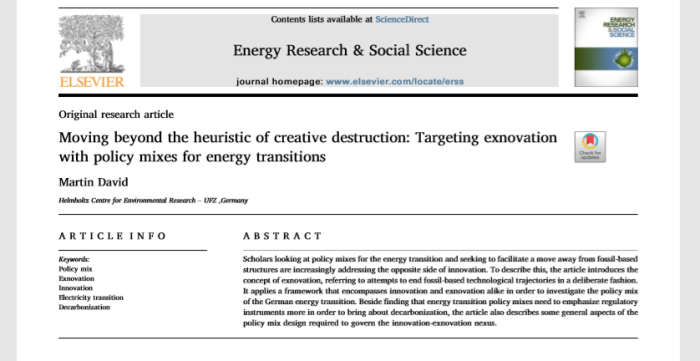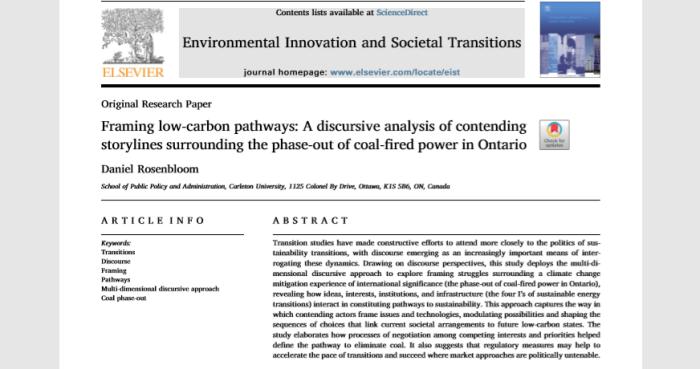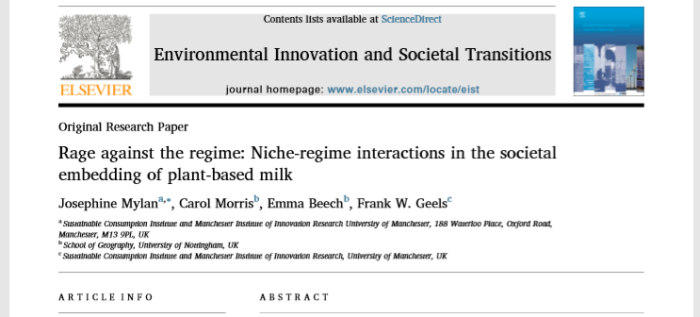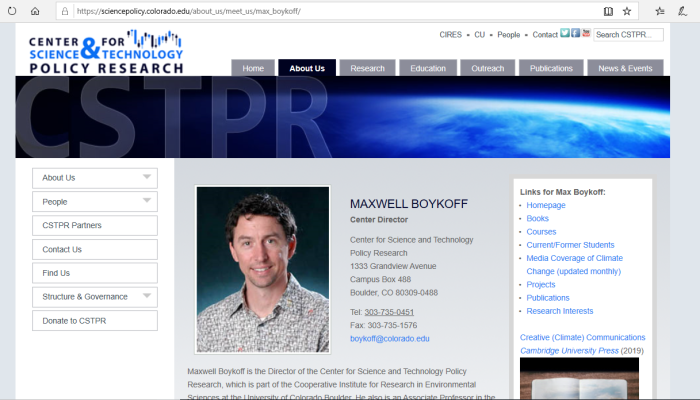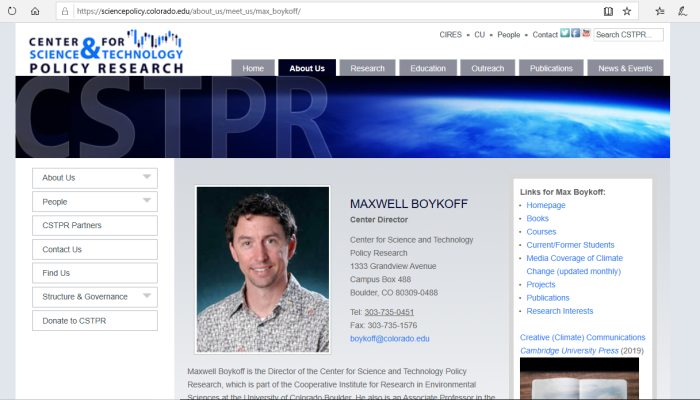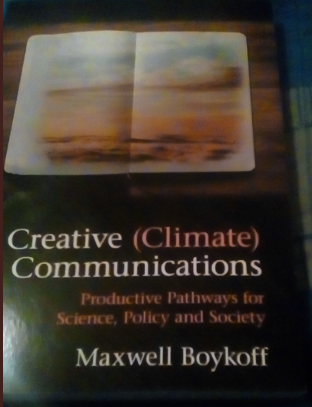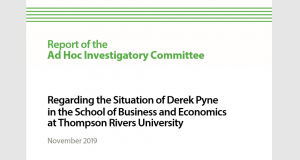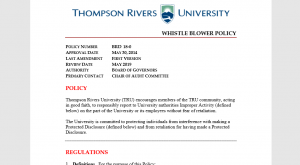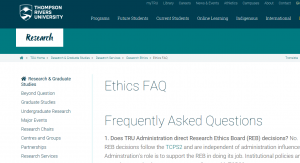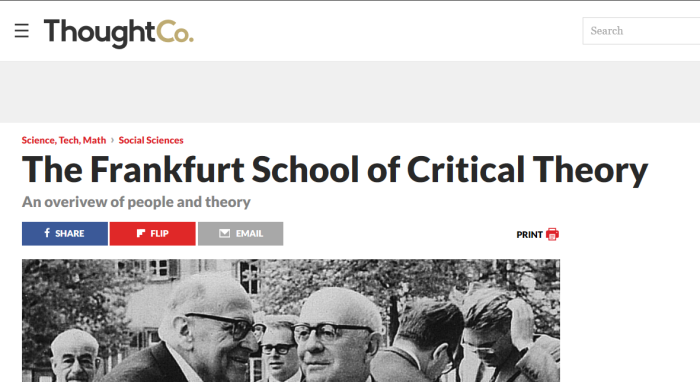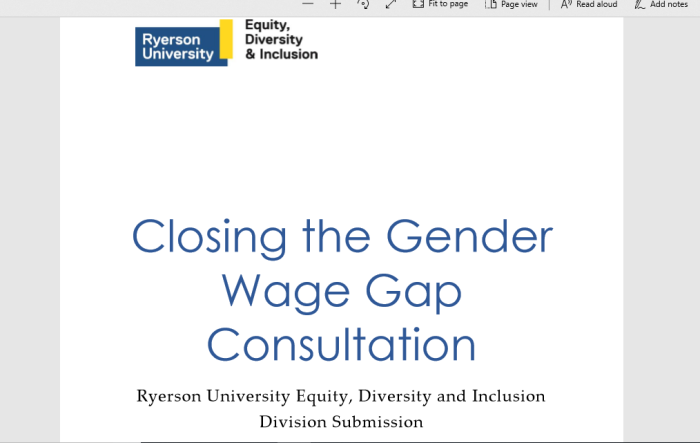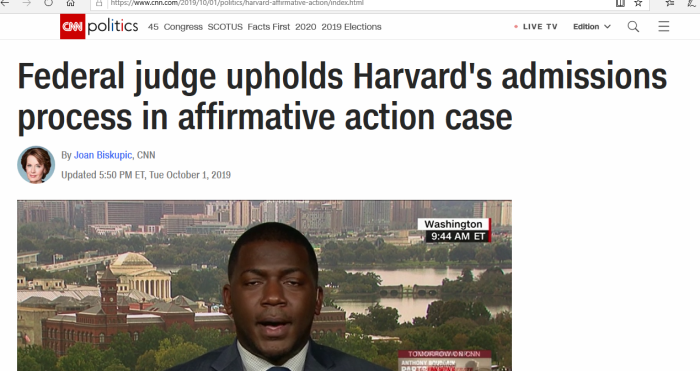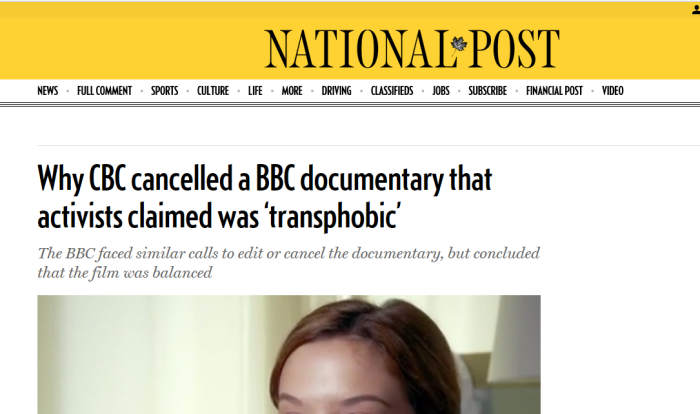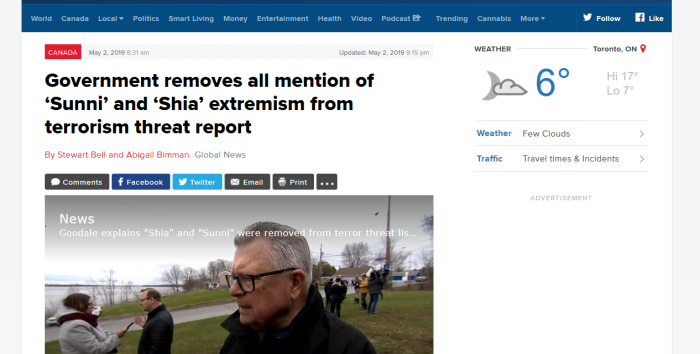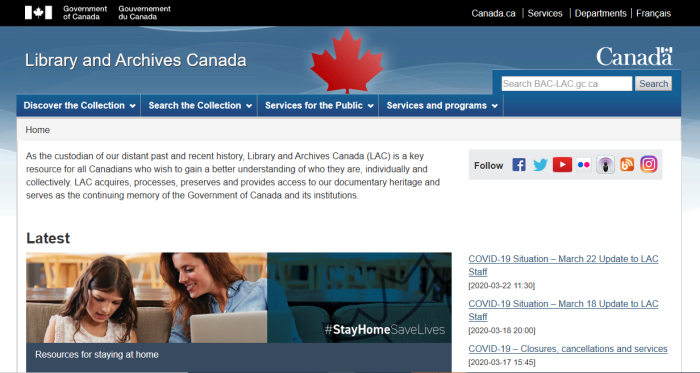
Ever wonder how it is certain exposes come to creation? Are you longing to create something that dives beyond the surface? Well, for Canadians, this list is a place to start. These are some of the main places that this website uses to generate its articles.
For an interesting guide from a decade ago, check this out:
https://bookleteer.com/book.html?id=930&#page/2/mode/1up
1. Previous Solutions Offered
A response that frequently comes up is for people to ask what to do about it. Instead of just constantly pointing out what is wrong, some constructive suggestions should be offered. This section contains a list of proposals that, if implemented, would benefit society. While the details may be difficult to implement, at least they are a starting point.
2. Media Bias, Lies, Omissions And Corruption
Truth is essential in society, but the situation in Canada is worse than people imagine. In Canada (and elsewhere), the mainstream media, periodicals, and fact-checkers are subsidized, though they deny it. Post Media controls most outlets in Canada, and many “independents” have ties to Koch/Atlas. Real investigative journalism is needed, and some pointers are provided.
3. Why People Should Care About This
To anyone looking to get into citizen journalism, or otherwise expose the truth about our world, here are some basic tips on how to do so. This is a how-to article on those potential online sleuths.
Topics such as: the true scale of immigration into Canada; demographic replacement; loss of Christian roots; the loss of culture and heritage in favour of “multiculturalism”; the costs of globalized trade; globohomo; Islam; the people spreading Islam; the international banking cartel (BIS); the scale of debts; pension ponzi schemes; border security; forced multiculturalism; corruption in politics; internationalism; widespread human right abuses; trafficking; and a host of other issues are swept away. They are given little to no attention.
The goals of MSM, generally are:
- (a) To only tell part of the story
- (b) To divert your attention from another story
- (c) Both (a) and (b)
Unfortunately, our media is full of grifters and shills with an agenda. Almost the entire mainstream media is controlled by one outlet: Post Media. Even the so-called “alternative media” can’t be relied on to be truthful. The Post Millennial, True North Canada, Spencer Fernando, and Rebel Media are among the “independents” with an agenda. What Canada needs, (and the world at large) needs, is people willing to take the plunge and research for themselves.
While commentators — online pundits — are a dime a dozen, true researchers are rare. Any Tom, Dick or Harry can give their opinion on someone else’s work. The real challenge is creating the original work. Right, no bias here.
Yes, some of the techniques will seem painfully obvious, but are worth going through. Note: there are no shortcuts in this line of work. It’s just patience, perseverance, and luck. Red pill yourself, and share your findings with the world.
If even one reader of the article decides to pursue this path, then it is all worthwhile.
4. Tip: Save & Archive Evidence
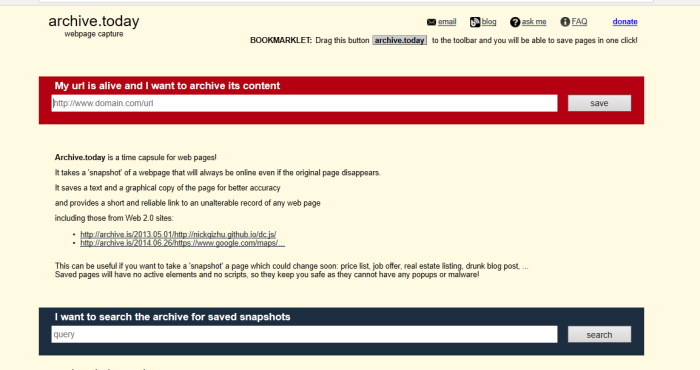
Taking screenshots of the proof you have is always a great idea. As a picture, it speaks for itself, and demonstrates what you want to show. Also, it doubles as a powerful form of evidence, should you ever get challenged on your work.
A secondary option is to archive the entire webpage you are quoting from. One such option is http://archive.is, which is shown above. There are a few reasons. First, you may get questioned about the authenticity of your work, even the screenshots. But as a practical matter, a few years later, the website may not exist, or the URL may have changed. Best to keep a backup handy. Admittedly this can be tedious, but beats having your sources disappear.
Another common archiving site is the Waybackmachine, which can be found at http://web.archive.org/. Either will do the job.
Now, let’s get into some actual techniques.
5. Look Using Simple Search Engines
This is a no-brainer to many. See what others have published on the subject. It may save you from having to reinvent a thousand wheels if you come across an article. Google, Bing, Yahoo, DuckDuckGo, etc… will all suffice. If nothing else, it will be a good place to start, and you may hit gold. Make sure to check the links and references put in whatever you find. (Please give the original author credit for their work).
The other techniques are not universally applicable, but use them according to the particular circumstances of your research. Here they are, in no particular order.
6. Look Up Directors, Executives
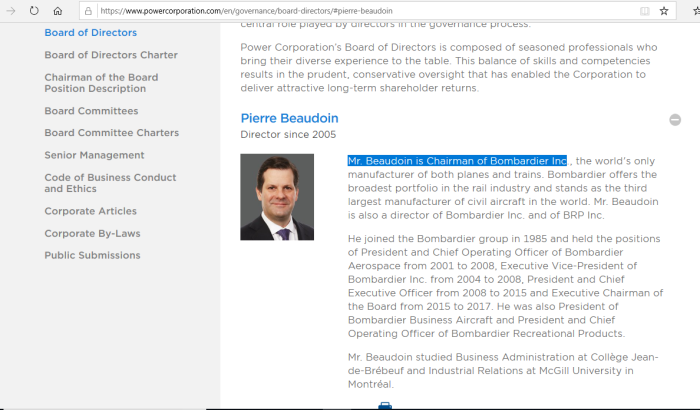
Yes, you can look up information on a particular company. There are various ways to do that. A simpler approach may be just to see who RUNS the company, and if they have any interesting connections. In this case, we see that Pierre Beaudoin, the Chairman of Bombardier is also a Director at Power Corporation, owned by the Desmarais Family. One might wonder if this is the reason (or a reason), that we keep using taxpayer money to bail out Bombardier.
7. Look Up Data From Website
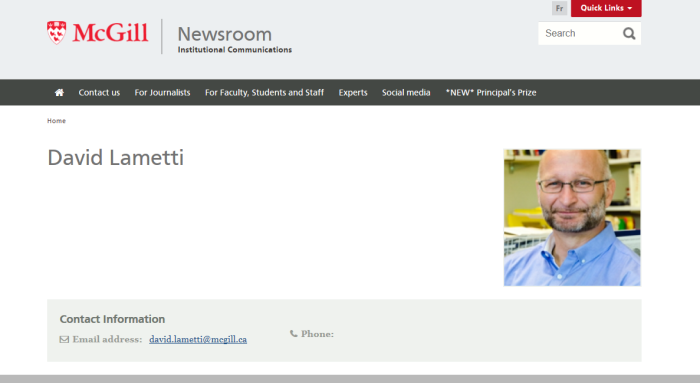

Items such as annual financial statements, people joining the company, or major announcements may be posted on the organization website. And this does not only apply to corporations.
For example, McGill University announced a $200M gift from John McCall MacBain. He is a Trudeau Lobbyist, a member of the Trudeau Foundation, and head of the McCall MacBain Foundation.
The McGill website also shows that the Attorney General of Canada, David Lametti, is a member of the Faculty of Law, currently on leave. All of this information was provided by McGill.
One would have to wonder if that $200M donation is the reason Lametti ensured that SNC Lavalin got its deferred prosecution agreement.
8. Corporations Canada Website
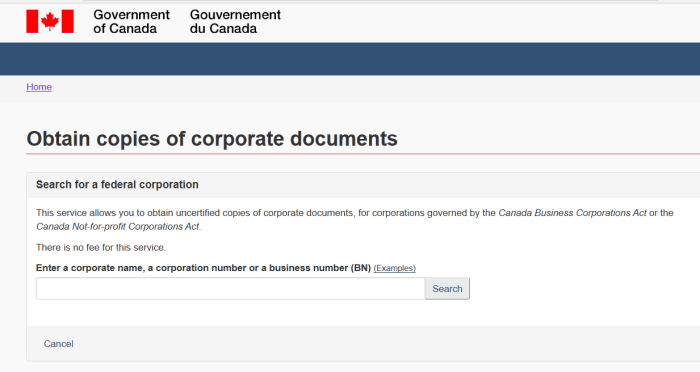
If you want to know more about a business or non-profit, Corporations Canada can help with that. You can obtain information on the Directors, by-laws, registered office, or confirm that returns have been filed. Several years worth of data is available for free. You make the application, and within minutes, are emailed a series of attachments to download.
Some information can be obtained for free. Other data will involve paying fees. The choice is up to you.
Note: Obviously this applies to companies registered in Canada. The United States, and many other nations have similar options.
9. Charities And Other Donees
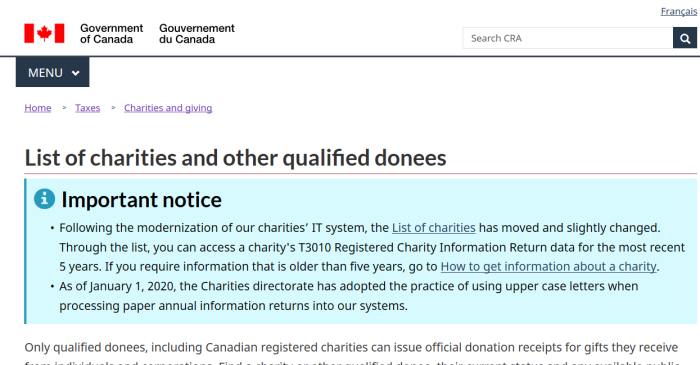
If you are looking into a charity, or a group that falls into some other categories, the Canada Revenue Agency may be of use. Basic information can be obtained, including the Directors, the use of the charity, the revenue, and recent changes. It was a help finding out where True North Center actually originated from.
10. LinkedIn, Other Social Media

Yes, people put stupid stuff online. It doesn’t have to be smoking pot, or topless photos in order to be helpful. For example, should you want to look into someone such as the CEO for an apparently independent media outlet, you can see what other organizations the person is connected to.
Furthermore, even if such accounts are altered or deleted, there is typically a copy or a partial copy somewhere. So don’t despair.
Now, to get into the more legal and/or political matters, the next few tricks will help immensely. While it is directed at Federal matters, the same principles apply Provincially and Municipally.
11. Check Campaign Contributions
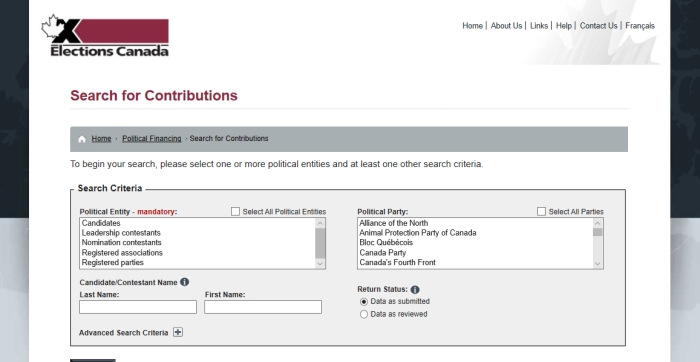
While donating (within the limits) to political parties and politicians is allowed, it does create a nice paper trail. As such, you may be able to see who has donated to whom, how much, and how often. Of course, this doesn’t work when donations are given in cash under the table.
It should be pointed out, that some provinces (like Ontario) allow 3rd party donations. Essentially, that is an almost unlimited amount that is funnelled through an intermediary. Worth looking into. You want to know who the politician really serves.
Spoiler: it’s not you.
12. Check Lobbying Commissioner’s Office

Influence peddling can be a full time business for lobbyists. So, let’s see who they have been meeting with. One such case is SNC Lavalin lobbying pretty much everyone for its DPA over the last few years. It can be truly disgusting to see just how deep some of this goes. Naturally, why would companies spend all this money on lobbyists unless they got results?
Go through the site for a while. The amount of lobbying that goes on in government is absolutely sickening. Keeps lobbyists employed though.
(a) https://lobbycanada.gc.ca/app/secure/ocl/lrs/do/advSrch
(b) https://www.lobbyistsregistrar.bc.ca/app/secure/orl/lrs/do/guest
(c) https://www.albertalobbyistregistry.ca/
(d) https://www.sasklobbyistregistry.ca/
(e) http://www.lobbyistregistrar.mb.ca/i
(f) http://lobbyist.oico.on.ca/Pages/Public/PublicSearch/Default.aspx
13. Statistics Canada
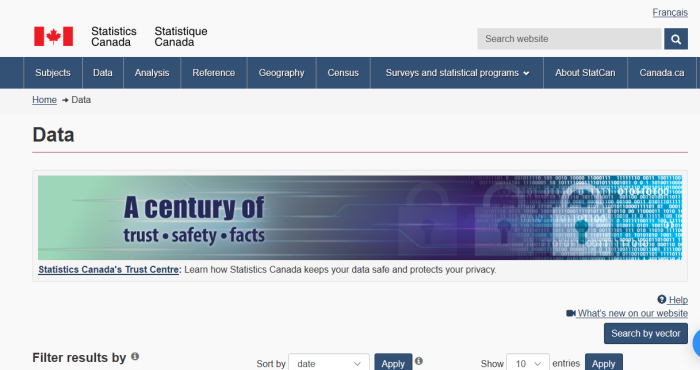
They say there are lies, damn lies, and statistics. And that is certainly true, although StatsCan can at least give some official numbers for researchers to work with. It has the added benefit of being relatively free of government/political spin.
14. Open Data
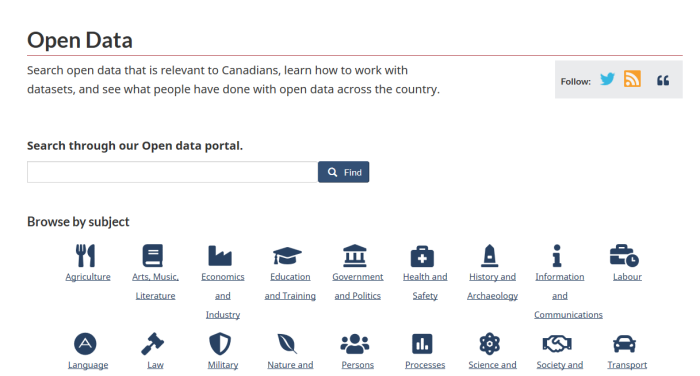
Another government source for hard data focused, but still a good source of information. Keep in mind, it’s only as reliable as the people entering the information in.
(a) https://open.canada.ca/en/maps/open-data-canada
(b) https://search.open.canada.ca/en/gc/
(c) https://www.data.gov.bc.ca/
15. Library & Archives Canada
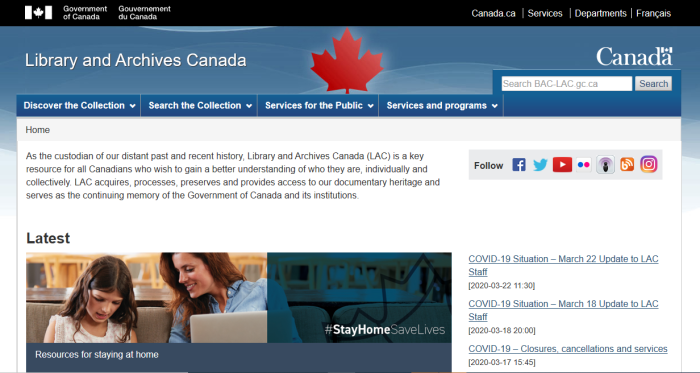
Although there are fees for many documents, the Library & Archives Canada section can provide things that aren’t available in your typical online search.
16. Check Out Old/New Legislation

Want to know what is actually written in a bill? Original filings, as well as amended bills are available to the public. For bills that are passed or defeated, the voting records of all Members of Parliament is recorded as well. To reiterate, though this piece focuses on Federal issues, the same applies Provincially.
Don’t trust the media’s interpretation of what a particular piece of legislation says. Go check it out for yourself. To quote Reagan: trust, but verify.
17. Other Parliamentary Studies/Reports

CLICK ON PARLIAMENTARY BUSINESS.
It isn’t just the bills themselves that go on. The MPs study the issues when they aren’t busy grandstanding. As such, hearings take place, and witnesses are often called to testify. This concerns issues such as letting fake refugees into Canada, and Conservatives endorsing the UN Parliament. Indeed, a lot more detail can be found here than in the hearings and votes. Entire transcripts of hearings can be downloaded or copied.
Also, please be aware, that http://parl.canadiana.ca/ also has more archived documents can be found. More and more is being scanned electronically and posted for all to see.
18. United Nations Search Engine
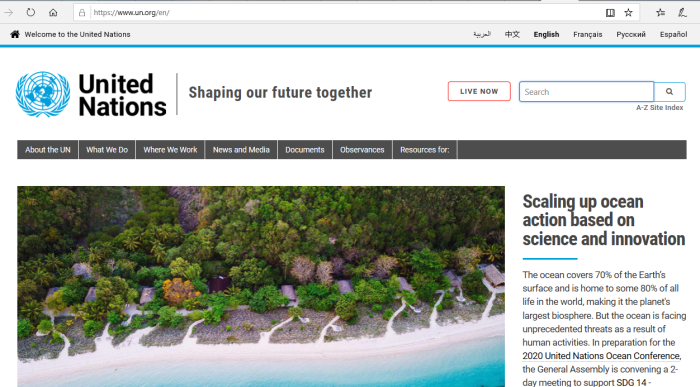
Want to know what is going on with UN globalism? Just go on the UN website and search. Although it’s fairly easy to navigate, there is the search function is you can’t find something. For example, typing “Islamophobia” nets about 600 results. Although there is a private access for members, most of what you need is open to the public.
19. CanLII, Court Searches
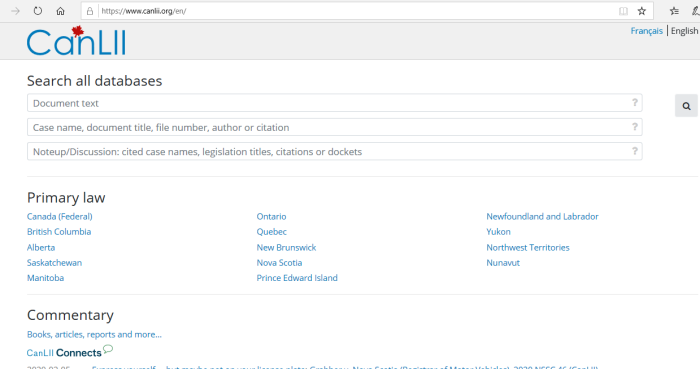
The good news is that major cases are listed. These include the Supreme Court of Canada, and Provincial Appellate Courts. Trial rulings “may” be listed if there is something particularly interesting or helpful, or if they are high profile. It covers criminal, civil, family, human rights tribunals, Law Society rulings, law review articles, and often motions. If one wants to self-represent in court, information available can be useful.
Bad news, is that the amount of information can be overwhelming. So many cases, and so many similar terms means that imprecise searches flood the user with useless hits. Even with the lower rulings usually not posted, the amount of information is mind boggling.
If you actually are looking for a court case, it’s a good tool. Otherwise, it’s not helpful in background information. An alternative (if you know what case you are looking for) is to contact the court and ask for certain documents. Also, some places, like Ontario, allow for searches of the status of cases in progress. You can tell if documents (like a defense) were ever filed.
20. Libraries Or Other Archives
Don’t knock it. If you have a large or older library in your town, or can get to one, you might be surprised what you can dig up. Often, older information is available in printed form that has not yet been digitized. For example, a library in my hometown still has microfilm on census data going back to the 1800s. If only it was readable.
21. Access To Information Requests
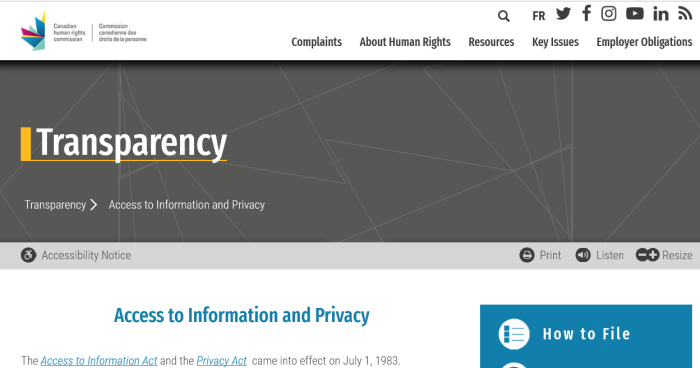
In most areas of government bureaucracy, there exists the option to file a formal request for information on certain topics. And it can be done across many departments. What sorts of things can you request?
- Documents posted, but not obviously found
- Records in possession, or an admission none exist
- Meetings, minutes
- Reports issued
- Amounts of money spent
- Other parties consulted
While seemingly a quick and easy way to get answers, let’s mention a few disclaimers. First, the requests often take a long time, sometimes months to get back. Second, the government may withhold all or part claiming “public interest” or “confidentiality”. Third, there are often fees involved. Still, it can be an option to consider.
22. Interview The Subject
This is also known as “being a journalist”. You ask a person questions in the hopes of getting information. Not everyone will say yes, but if you never ask the answer will always be no.
Question: do you let the person know who you really are, and if you are recording? Ideally, you should, but it depends on the circumstances. Having done a few sneaky ones myself, it would be hypocritical to pass judgement.
One piece of advice: it may be better to talk to the person AFTER you have done other forms of searching. This is so that you are more fully aware of your facts prior to meeting.
23. Ancestry Sites
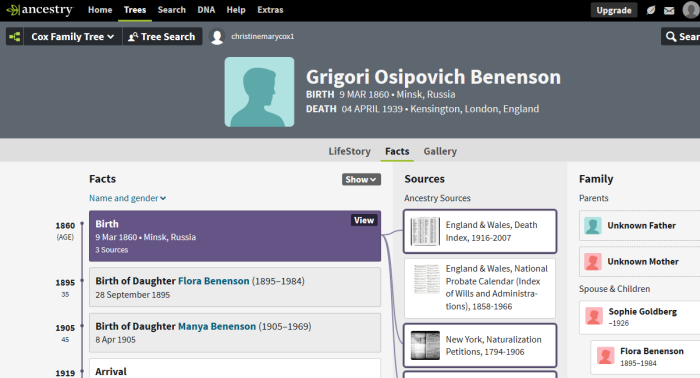

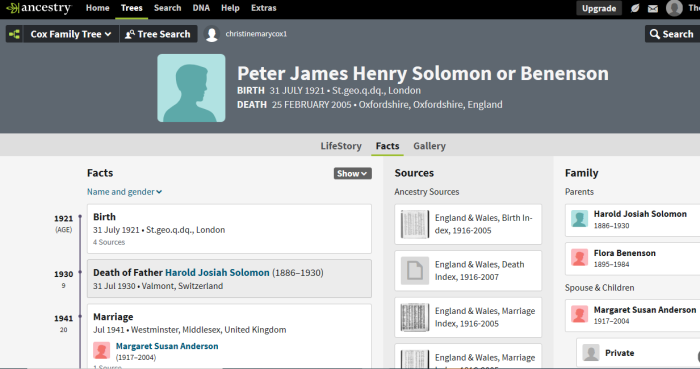
Want to find out who is related to who? Although these databases are far from complete, they can give a good idea about extended familial relations you may not otherwise have known about.
24. What Have I done?
The items listed above have been used as source material for Canuck Law articles. Which specific ones depend on the circumstances. All of these techniques are useful in conducting research for the writing. However, there is no one answer for everything.
25. What May Not Be Needed
Of course, this will depend on the people involved, and what information is being sought. Here are a few techniques I don’t engage in, but that others have.
- Ambush journalism
- Stalking, following subjects
- Trying to get to family members
- Dumpster diving
- Trespassing, B&E
It is possible to get real results and real information without crossing ethical and legal lines. Suggestion: try not to cross lines where possible.

